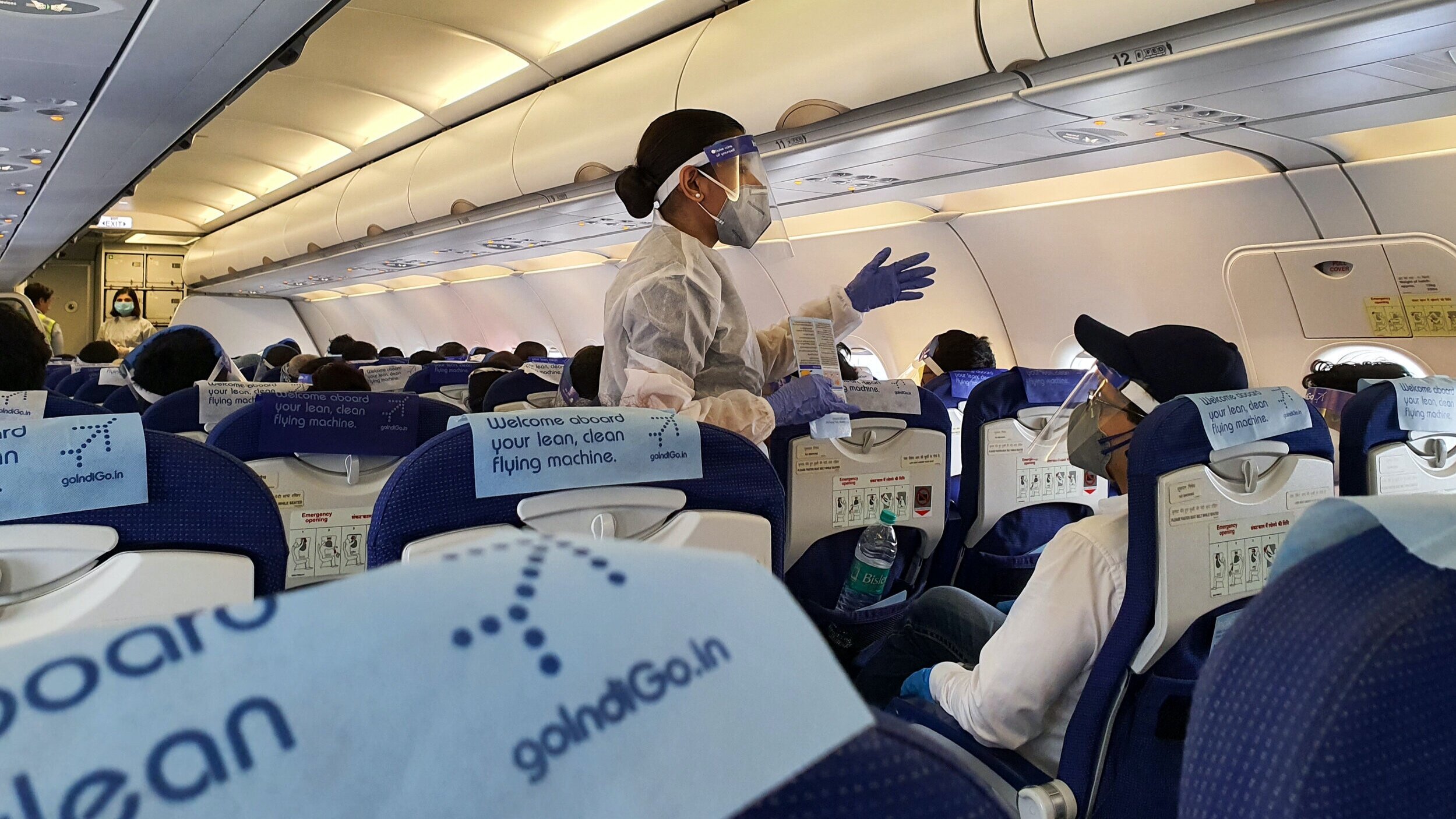Reboarding: why upskilling employees is vital for a post-covid return to work
Gamification: workforce training savior or gimmick with no lasting impact? In this blog, we dig into the debate on whether it's an essential - or not.
TABLE OF CONTENTS
Covid-19 shook the world. Nearly 30 million people were taken off payrolls . In the span of just 23 weeks, 58 million Americans filed for unemployment. Mass layoffs and furloughs saw GDP decline and unemployment numbers skyrocket to figures unseen since the Great Depression.
Naturally, businesses that rely on footfall to survive, like retail, hospitality and travel, were among the hardest hit - American Airlines cut 19,000 employees and MGM Resorts let go of 18,000.
As lockdown restrictions loosen and businesses begin to reopen doors, the same companies that had to cut back to stay afloat, find themselves in the reverse situation - facing a surge in demand.
Resuming operations
“The total number of new people to bring on board is probably around 15% of our workforce” - James Godwin, Resources & Administration Director, Harbour Hotels
Meeting renewed demand from customers means mass recruitment and the reintroduction of furloughed employees into the workplace. But finding people to make up the numbers is only the first step in staging a successful reopening - volume alone does not guarantee success.
→Download Now: The Ultimate Guide to Reboarding your Workforce post-Covid [Free eBook]
Employees’ skills - or lack thereof - must be addressed. Companies’ processes must be adjusted in line with government guidelines. On both sides, there are a whole new set of rules to abide by.
Read on for just 3 reasons why reboarding training is critical to companies’ success in coming months.
1. Ensure workplace safety and compliance
Frontline workers are wildly out of practice. Just as you wouldn’t endanger others by putting a pilot in a cockpit unprepared, you shouldn’t send those who have been indefinitely sedentary back to work without preparatory training. The stakes are real and risk plentiful - controlled coronavirus outbreaks at best, legal proceedings, closures and negative media attention at worst.
It’s likely your processes have shifted to account for a new, risk-laden working environment. Everything from navigation of the workplace to customer service protocol will have undergone an overhaul. There will be entirely new measures introduced, surrounding hygiene practices, shut-down protocols, mandatory testing, contract tracing, transportation, benefits and more. New or returning employees need upskilling in this - without adequate communication and transfer of knowledge on this front, employees cannot perform to expected standards and in line with requirements.
→ Download Now: Back to Work Employee Reboarding Checklist [Free Template]
It is known that there is a correlation between prolonged absence and compromised safety - rail workers are two times as likely to pass red stop signals after time away from the control console. Under difficult, confusing or stressful conditions (e.g. returning to work amidst a pandemic following months out of employment) individuals are a staggering 500 times more likely to make errors.
All companies, but particularly those who this reopening is a lifeline for, cannot afford to neglect safety. One error is an error too great, one misstep could catalyze the catastrophic. For employee, customer and company.
Beyond this it is an employers’ obligation - companies owe a duty of care (“the legal obligation to safeguard others from harm while they are in your care, using your services, or exposed to your activities”, as defined by Collins Dictionary) to those they employ (and vice versa). 78% believe businesses have a responsibility to keep their employees protected from the virus. So if ‘reasonable care’ is not given, employers expose themselves to negligence claims.
2. Maximize employee productivity
A physically and mentally healthy workforce is a productive one. Skills are like muscles - if they are not put into practice, they atrophy. Sedentary employees face higher occupational hazards including musculoskeletal conditions (such as back pain) and adverse mental health. These debilitate the employee - compromised mental wellbeing interferes with an individuals’ ability to carry out daily tasks, meaning productivity suffers.
More than half of adults reported that their mental health deteriorated during lockdown and when unhappy, employees are more likely to be unproductive, distracted or seek other employment.
“Low morale affects company income, productivity, financial competitiveness and organizational objectives” - The Effect of Low Morale and Motivation on Employees
Chronic workplace stress, or burnout, can give rise to both physical (fatigue, sleeplessness) and mental (depression, anger) symptoms. Conversely, by prioritizing knowledge - and by extension - safety and wellbeing, team and individual morale is boosted. Boosted morale results in greater productivity and higher performance of customer facing teams.
“Employee morale can affect the bottom line due to poor customer service from an unhappy employee.” - Correlation of morale, productivity and profit in organizations, Gbolahan Solomon Osho and Carolyn Ashae
So enthusiastically exercising a duty of care, by preparing employees’ with the knowledge they need on all fronts, isn’t just important for companies to bear in mind to safeguard themselves from legal claims - successful businesses invest in employee health as a strategic lever. Doing so is advantageous to overall the health of the company - employees are only a mirror of you. Companies with exemplary Health & Safety initiatives outperformed the S&P 500 by 3-5%.

3. Build employee and customer confidence
Employees are the public face of your brand. Customer-facing, their behavior and competence shapes the perception of your company at large. When employees lack confidence, this carries in their customer interactions, leading to a negative customer experience.
“Investing in health measures is essential to gain a return on “customer confidence”. - Renaud Caeymaex, Delhaize
With over 136,000 cases and 2.9 million deaths at the time of writing, people are understandably fearful. It’s your responsibility to alleviate apprehension as relates to the workplace, through comprehensive reintroductory training. Confidence is responsible for quality of service, and quality of service is directly influenced by how much an employee knows.
Employees’ confidence levels about a return to the workplace are very much at odds with employers’. When surveyed, 75% of senior leaders reported feeling confident about their ability to provide safe environments for customers, and 70% felt confident about providing an adequately safe working environment for employees.
This starkly contrasts with how employees feel. Just 47% felt safety measures would allay their fears and ensure their comfort about returning to work, highlighting a 28% gap in confidence.
“Employees often become the front line when marketing your business. Unhappy employees can make for unhappy customers and in this age of intense competition, customer loyalty is a great financial value that must be maintained in the long run to grow profits.”- Correlation of morale, productivity and profit in organizations, Gbolahan Solomon Osho and Carolyn Ashae
This gulf in sentiment can be attributed to lack of transparency and poor communication. Operations managers might have been busy behind the scenes, conducting covid-19 risk assessments, putting up signage and demarcating seating areas. To them, their safety measures are clear and comprehensive. But is this clarity translating to employees?
Reboarding training exists to bridge that gulf. Employers are able to ascertain exactly what people do, or don’t, know, by analyzing the real time data in a remote training tool - lessons completed, number of completions, performance per group and individual. They are also able to stay in tune with sentiment and measure the ‘pulse’ of their workforce, by sending out single-question Pulse Surveys. This then helps operations teams re-strategize to improve learning material, and build confidence.
Prepare your people for a safe return to work with reboarding
At a time where individuals are inundated with information, some false, and the majority alarming, employees need a voice of authority to cut through the noise. 62% said they would like their employer to share information regarding Covid-19 at least daily.
To reinspire customer confidence and ensure employee productivity, loyalty, safety and legal compliance, provide your people with reboarding training.
eduMe is used by companies world over to onboard, continuously upskill and improve employee safety. Pop in your details below for a no strings attached, guided tour of our Workforce Success platform 👇
Join 10,000+ frontline leaders
Subscribe to ‘Training the Frontline’ and get weekly insights sent straight to your inbox.

